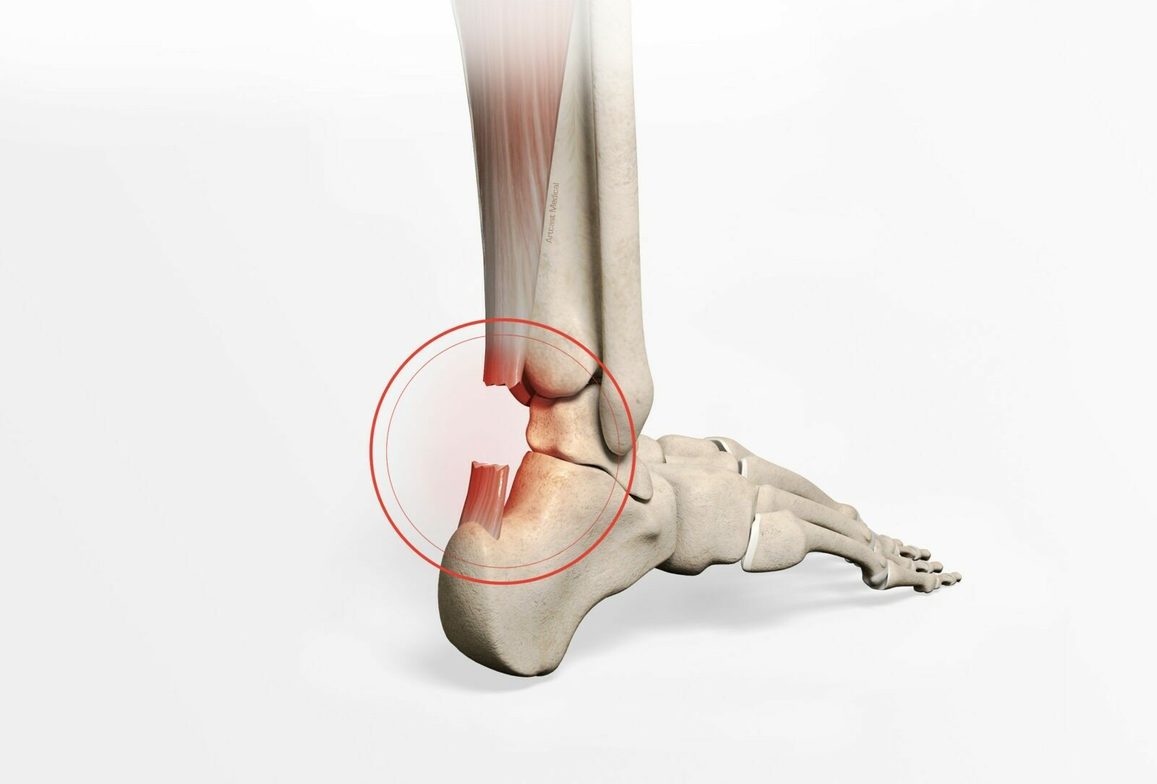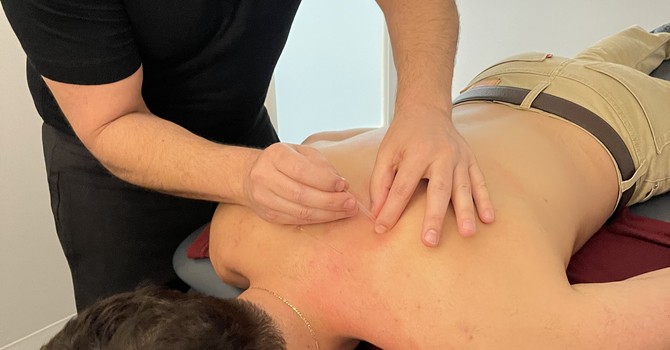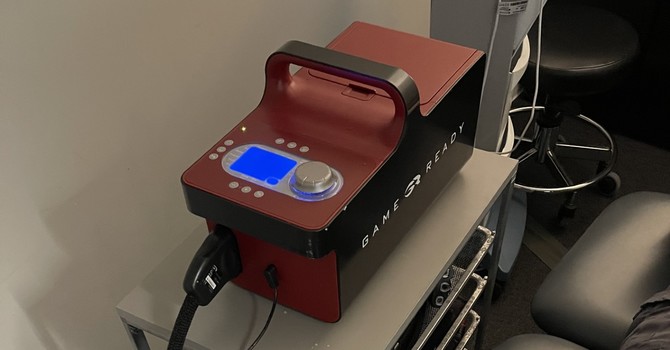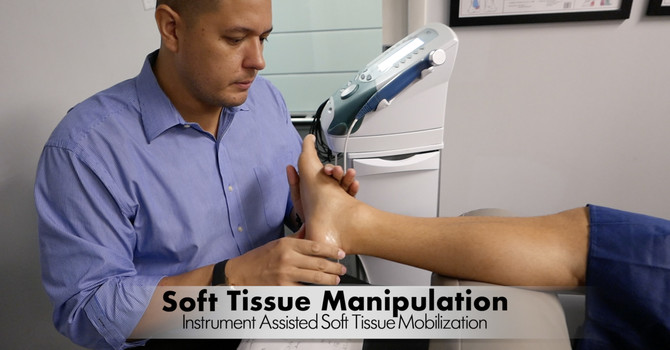
A ruptured Achilles tendon can be a debilitating injury, affecting your ability to walk, run, or perform daily tasks. Whether you’re an athlete or simply someone leading an active lifestyle, this injury can significantly impact your mobility. Fortunately, Achilles Tendon Repair surgery offers a path to recovery, restoring strength and function to your foot and ankle.
In this blog, we’ll explore what Achilles tendon repair surgery involves, when it’s necessary, and what you can expect during the recovery process.
What is Achilles Tendon Repair?
Achilles tendon repair is a surgical procedure designed to fix a torn or ruptured Achilles tendon. The Achilles tendon is the largest tendon in the body, connecting the calf muscles to the heel bone. It’s essential for walking, running, and jumping. When this tendon ruptures, surgery may be required to restore normal function, especially for those who want to return to an active lifestyle.
Why is Achilles Tendon Repair Needed?
An Achilles tendon rupture occurs when the tendon is overstretched, often during activities that involve sudden movements or intense stress, like jumping or sprinting. Without surgical intervention, the tendon cannot heal properly, leading to long-term weakness, decreased mobility, and chronic pain.
Causes of Achilles Tendon Ruptures
Understanding what causes an Achilles tendon rupture can help prevent future injuries. Some common causes include:
- Sudden Increase in Activity: Athletes who suddenly intensify their training or engage in high-intensity sports are at risk.
- Overuse: Repetitive stress on the Achilles tendon from running or jumping can weaken it over time, making it more susceptible to rupture.
- Improper Footwear: Wearing shoes with inadequate support can strain the Achilles tendon, especially during physical activity.
- Age and Degeneration: As we age, the Achilles tendon naturally weakens, increasing the risk of rupture, particularly in individuals over 30.
Symptoms of an Achilles Tendon Rupture
An Achilles tendon rupture is often easy to identify because of its immediate and intense symptoms. Common signs include:
- Sudden Pain: A sharp, intense pain at the back of the ankle or calf that feels like a “pop” or snapping sensation.
- Inability to Walk: Difficulty walking or standing on the affected leg, often accompanied by a limp.
- Swelling and Bruising: Swelling around the ankle or calf, along with bruising, can appear shortly after the injury.
- Loss of Strength: Inability to push off the ball of your foot when walking or running is a common indicator of a ruptured Achilles.
If you experience these symptoms, it’s essential to seek medical attention promptly for an accurate diagnosis and to discuss treatment options.
Non-Surgical Treatments for Achilles Tendon Injuries
In some cases, non-surgical treatments may be recommended for a partial tear or less severe Achilles injuries. These treatments focus on immobilizing the tendon and promoting natural healing. Common non-surgical approaches include:
Immobilization
Placing the foot in a cast, boot, or brace to immobilize the Achilles tendon allows it to heal naturally. This method is typically used for partial tears or for patients who are less active and can tolerate a longer recovery period.
Physical Therapy
Once the initial healing phase is complete, physical therapy plays a critical role in strengthening the tendon and improving mobility. A physical therapist will guide you through exercises to rebuild strength in the calf muscles and Achilles tendon, gradually restoring your range of motion.
Achilles Tendon Repair Surgery: When is it Necessary?
Surgery is typically recommended for patients with a complete Achilles tendon rupture, especially those who are active and want to return to high-impact sports or physical activity. Achilles tendon repair surgery is often the best option for restoring full function to the tendon and reducing the risk of re-rupture.
The Achilles Tendon Repair Procedure
Achilles tendon repair surgery involves reconnecting the torn ends of the tendon, allowing it to heal properly and regain its strength. Here’s an overview of what the procedure involves:
Step 1: Pre-Surgical Evaluation
Before surgery, your doctor will perform a thorough evaluation, including imaging tests like an MRI or ultrasound, to determine the extent of the rupture. This helps the surgeon plan the best approach for your repair.
Step 2: The Surgical Process
During the procedure, the surgeon makes a small incision at the back of the ankle to access the torn tendon. The torn ends of the tendon are stitched back together, sometimes using additional grafts or reinforcements for stronger repairs. In minimally invasive approaches, smaller incisions are made, reducing the risk of complications and speeding up recovery time.
Step 3: Post-Surgery Rehabilitation
Rehabilitation is critical to the success of Achilles tendon repair. After surgery, your foot will be immobilized in a cast or boot for several weeks to protect the tendon as it heals. Physical therapy is usually introduced gradually to help restore strength and flexibility.
Recovery After Achilles Tendon Repair Surgery
Recovery from Achilles tendon repair surgery can take several months, but with the right rehabilitation plan, most patients can return to their normal activities, including sports, within 6 to 12 months. Here’s what to expect during each phase of recovery:
1. Immobilization (First 4-6 Weeks)
In the early stages of recovery, the focus is on protecting the tendon. Your foot will be immobilized in a cast or boot, and you will likely need crutches to avoid putting weight on the affected leg.
2. Physical Therapy (6 Weeks to 6 Months)
Physical therapy typically begins once your doctor clears you to start bearing weight. Your therapist will introduce exercises that focus on restoring flexibility, strengthening the calf muscles, and improving balance. It’s important to follow your rehabilitation plan closely to avoid re-injury.
3. Return to Activity (6 to 12 Months)
Most patients can return to light activities within 6 months, but high-impact sports like running or jumping may take up to 12 months. Your physical therapist will guide your progression, ensuring you regain full strength and mobility before returning to strenuous activities.
Benefits of Achilles Tendon Repair Surgery
For individuals with a complete rupture, Achilles tendon repair surgery offers several benefits:
1. Full Restoration of Function
Surgical repair allows the tendon to heal correctly, restoring strength and function to the foot and ankle. Most patients regain full mobility and return to their pre-injury activity levels.
2. Reduced Risk of Re-Rupture
By surgically repairing the tendon, the risk of re-rupture is significantly reduced compared to non-surgical treatment, particularly for active individuals.
3. Shorter Recovery Time for Athletes
For athletes or those with physically demanding jobs, surgery can offer a faster return to activity compared to immobilization alone.
Risks and Complications
As with any surgery, there are risks involved with Achilles tendon repair, including:
- Infection
- Nerve Damage
- Stiffness in the Ankle
- Re-Rupture of the Tendon
However, these complications are rare, and most patients recover successfully with the help of a structured rehabilitation program.
Preventing Future Achilles Injuries
Preventing Achilles tendon injuries involves maintaining flexibility, strength, and balance in your lower body. Here are some tips to reduce your risk:
- Warm-Up Before Activity: Always warm up and stretch your calf muscles before engaging in physical activity.
- Wear Proper Footwear: Supportive shoes that provide cushioning and stability can reduce strain on the Achilles tendon.
- Gradual Increase in Activity: Avoid sudden increases in the intensity or duration of your workouts to prevent overuse injuries.
- Strengthening Exercises: Regularly perform exercises that target the calf muscles and Achilles tendon to keep them strong and flexible.
Conclusion: Is Achilles Tendon Repair Right for You?
Achilles tendon injuries can be challenging, but with proper treatment—whether that’s non-surgical care or surgery—you can return to your normal activities with minimal long-term effects. Achilles tendon repair surgery is often the best solution for those with complete ruptures who want to restore full function to their foot and ankle.
If you’ve experienced a rupture, consult with a specialist to determine whether surgery is the right option for you and start your journey toward a full recovery.
Frequently Asked Questions
1. How long does it take to recover from Achilles tendon repair surgery?
Recovery typically takes 6 to 12 months, depending on the severity of the injury and how well you adhere to your rehabilitation plan.
2. Can you walk after Achilles tendon repair surgery?
You will need to avoid putting weight on the affected foot for several weeks post-surgery. Walking typically resumes after 4-6 weeks, but with the use of a boot or brace initially.
3. Is surgery always necessary for an Achilles tendon rupture?
Not always. In some cases, non-surgical treatment may be an option, particularly for less active individuals or those with partial tears.
4. What are the risks of Achilles tendon surgery?
Risks include infection, nerve damage, stiffness, and re-rupture, but these complications are relatively rare with proper care and rehabilitation.
5. Can I return to sports after Achilles tendon repair?
Yes, most patients can return to sports within 6 to 12 months, depending on the extent of the injury and the success of their rehabilitation.
Sources:


